Research & Technical Content
Services
The Overhead Line Ratings and Increased Power Flow team is in the process of developing and applying learnings from several exciting new projects. Work is underway to help utilities adapt to new capacity challenges, such as congestion driven by renewable integration, climate change, and extreme weather.
One-on-one projects are also underway to help utilities adopt new requirements outlined in FERC Order 881. This involves developing an understanding of the existing level of capacity and risk across the system. Strategies to develop new seasonal and ambient adjusted ratings are developed that maintain a balance between capacity, reliability, and safety while aligning with new regulations. Adopting the requirements of 881 without detailed studies can significantly increase risks to transmission assets and the general public. Order 881 will also increase transparency related to ratings methods and calculations which drives the need to have a strong technical basis for decision making.
There has been a growing demand for forecasted and real-time ratings (AAR and DLR). Many sources of weather and ratings data contain errors that can have costly consequences for utilities. EPRI has developed a test protocol to assess the accuracy, benefits, and risks related to sources of weather forecasts and DLR. These can be applied to a specific forecast model or DLR technology to give utilities an independent 3rd party perspective and guide go/ no-go decisions on the adoption of grid enhancing technologies.
Calculators
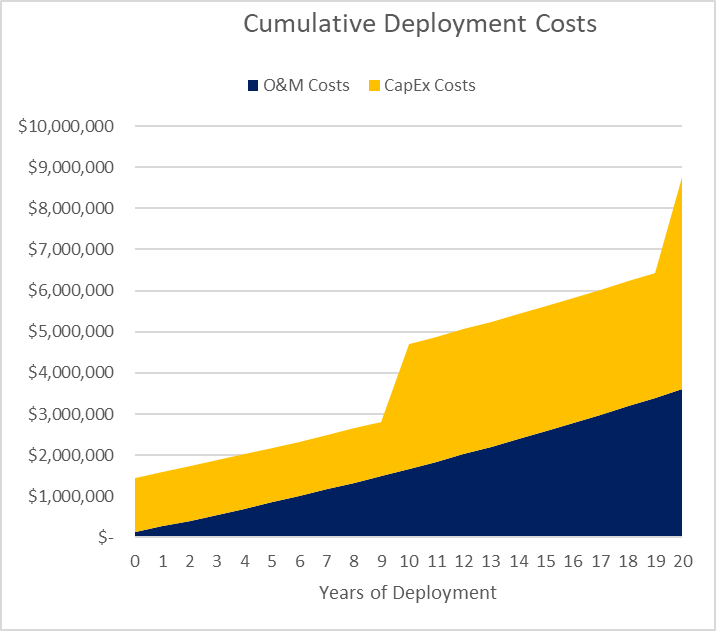
DLR Life Cycle Cost Estimator
This calculator is designed to allow users to rapidly estimate the long-term costs associated with deploying hardware based DLR systems. What-if scenarios can be explored and the resulting graphs saved to show a reasonable estimate of long-term deployment costs. While some placeholder values are set in the calculator improved guidance on reasonable min, max, and average values to use for equipment costs, failure rates, etc. are being developed and will be updated over time. This tool is not intended to be comprehensive but rather a research tool to allow engineers to quickly see the difference between different DLR strategies.
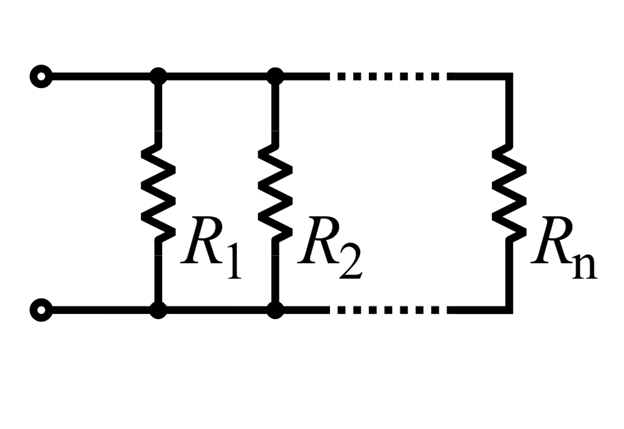
Conductor Resistance Conversion Calculator
This calculator allows a user to convert a conductor resistance across different units. Data from manufacturer cut sheets may come with a variety of units, the associated ratings standards typically require data in ohm-foot or ohm-meter which are not typically provided. Often utilities have performed conversions with their internal tools; however, some utilities have uncovered issues with their unit conversions. This tool can be used to convert or validate existing conversions.
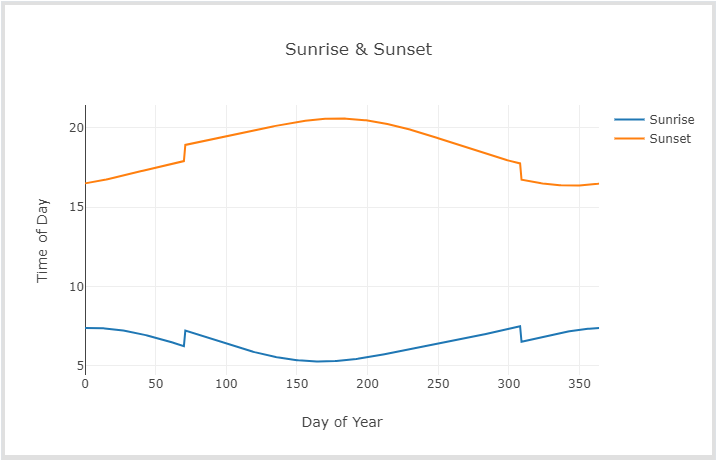
Sunrise-sunset Calculator for Day-night Ratings
Many utilities are transitioning to more complex ratings methods. For example, utilities subject to FERC 881 are adapting to requirements for day and night ratings. This calculator provides a technical basis for determining if day or night ratings should be applied based on the specific location and time of year.
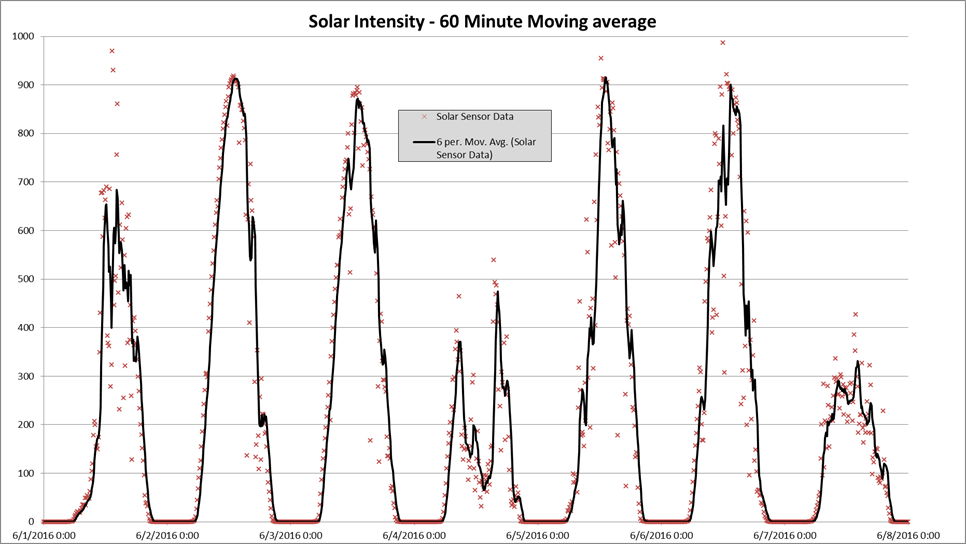
Solar Flux Calculator
To improve the accuracy of AAR and unlock additional power flow in the dawn and dusk hours utilities can adjust their ratings based on the solar intensity in any given hour. When these adjustments are not made the solar intensity for daytime is typically set at or near the daily maximum. This is a suitably conservative value when simpler ratings are desired. However, between 0-5% capacity can be gained when the hourly adjustments are applied, depending on the time of day and other factors. IEEE Std 738 provides equations that can be used to estimate the solar intensity for any given location a full year in advance. This calculator applies those equations to output the solar intensity in watts per sq-m.
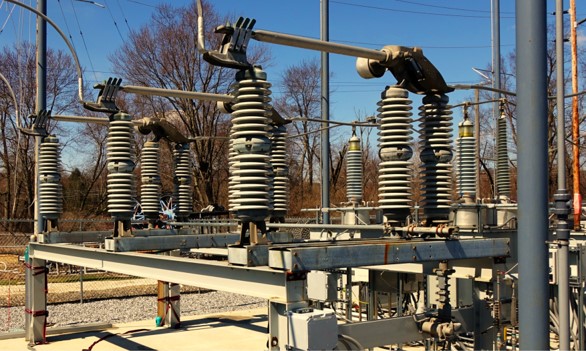
Platinum Book Calculator: Switch Ratings
The EPRI Increased Powerflow Guidebook (Platinum Book) is a comprehensive technical guide on rating transmission assets. There are worked examples in the chapters, but these do not cover all possible scenarios. This web-based calculator applies IEEE standards of various vintages to transmission switches with a user defined nameplate and thermal constant. The results are an AAR curve for air temperatures from -50F to 130F.
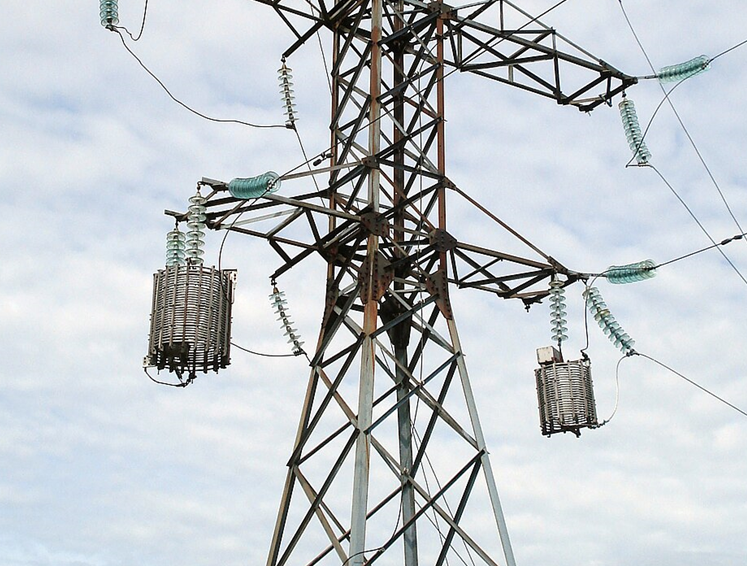
Platinum Book Calculator: Wave Trap Ratings
The EPRI Increased Powerflow Guidebook (Platinum Book) is a comprehensive technical guide on rating transmission assets. One component discussed in the guide are wave traps. In some areas fiber optics are replacing traps, but they are still present on many circuits. This web-based calculator applies two industry practiced methods for developing AAR. The results are an AAR curve for air temperatures from -50F to 130F.
Research Result Summaries
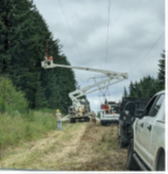
Weather Based DLR Field Trials at BPA
This material captures an information sharing session provided by the ratings team at BPA in 2025 as a result of collaborative work with EPRI. The project involved taking field measurements along a circuit with a range of wind sheltering conditions to assess the accuracy of public weather models and complex CFD enhancements applied to correct public weather data. The corrections were developed and applied by INL.
Ratings Information Session, FERC 881 Update and WindSim DLR Field Trial
As part of a periodic update EPRI provided a presentation on FERC 881 research and potential pitfalls of adopting AAR. This was followed by a presentation by WindSim on their DLR technology that was deployed in the field at NYPA. Members have received previous updates on this technology in EPRI reports and in an ITC Task Force presentation by NYPA. The presentation provides the performance analysis as provided by WindSim with several valuable insights that can help guide future DLR adoption.

Capacity Gains from Thermal Uprating
There are several methods that can be deployed to increase power flow on new and existing lines. One method is to thermally uprate the operating temperature of assets. This could be uprating a traditional material like ACSR to run above the traditional limits, or to deploy hardware capable of high temperature operation. This summary provides an overview of how much capacity can be gained from thermal uprating. The capacity gains are not linear so there are cases where it provides significant benefit, and cases where the gains are minor.
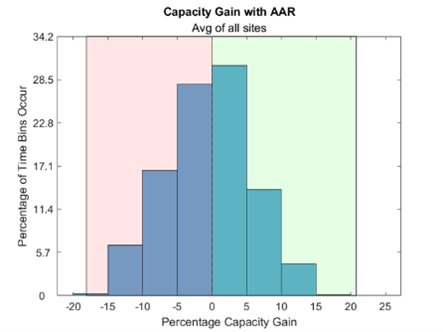
Ambient Adjusted Ratings and Ferc 881
North American utilities are being required to adopt ambient adjusted ratings (AAR). There are technical challenges to defining and applying AAR. In many cases AAR can significantly increase risks of violating clearances and thermally damaging assets. Several case studies have been performed to document how AAR influence capacity and system risks.
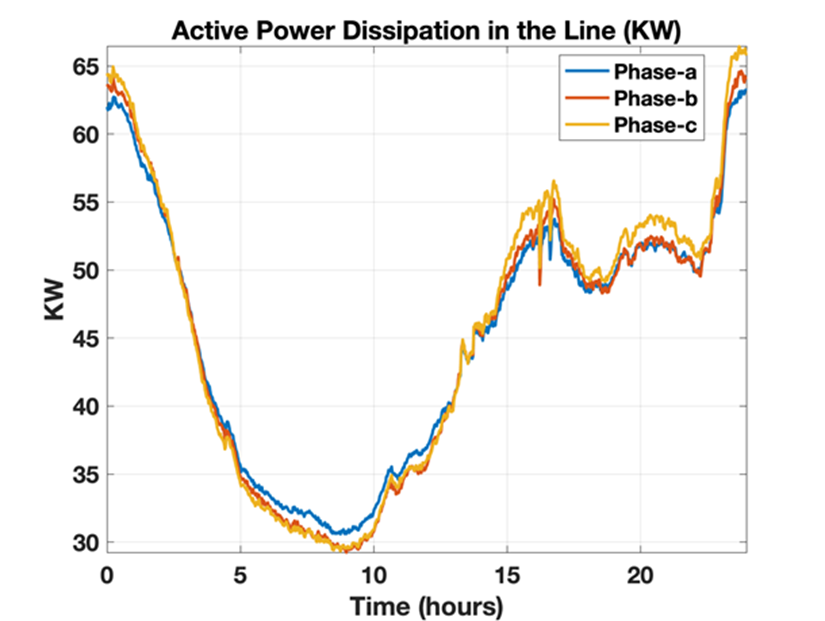
DLR using a PMU and Topolonet
Early in 2025 EPRI hosted an information session on an emerging DLR technology from Topolonet. What makes this tool unique is it leverages the PMU method for DLR, which has previously only been utilized in pilot studies or simulations. The fundamental principle is that the PMU is able to resolve the resistance across the transmission circuit which is proportional to the conductor temperature. This alleviates the need for field hardware and the tool can be run without the need for cloud services, AI, or even an internet connection. As discussed during the Q&A session, the two primary challenges are questions of overall accuracy and the risks to wind sheltered spans who might be hotter than the average without being detected. This challenge could be explored during a full-scale field study where comparative data is collected along known wind sheltered spans.
Reference Information
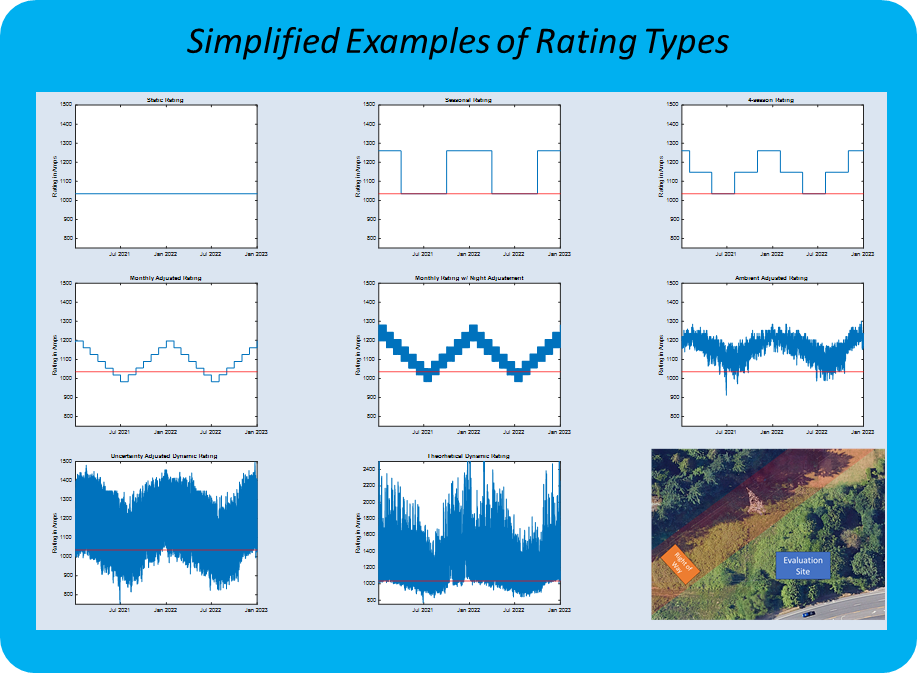
Answers to Several Frequently Asked Questions on DLR
Subject matter experts from EPRI have recently presented at several industry events such as the NATF Forum, ESIG, and an EPRI workshop on GETs (grid enhancing technologies) which was attended by utilities, DLR technology providers, and regulators. While there are often more questions than answers with DLR, there are some common questions that occurred across these meetings. It may be beneficial for those seeking to better understand these technologies to review the questions from their peers and the present understanding in 2024.
Commonly Used Terms and Abbreviations
Ratings engineers and line designers often use shorthand and acronyms. This can be particularly confusing for new staff who are less familiar with these new terms. Especially when many are so similar looking. ACAR looks like ACSR in a catalog, but the two materials have very different properties and design requirements. This page is intended to be a living document that evolves to include more terms over time, as such the list is not currently exhaustive but does contain many commonly used terms.

Conductor Emissivity Testing
When calculating transmission ratings, performing inspections, and conducting LiDAR surveys the properties of the overhead conductors are a key factor. Often assumptions are made about conductor emissivity and absorptivity which can result in errors, risks, and costs.
EPRI is performing research to identify the correct values to use for emissivity and absorptivity for new, aged, and coated conductors.
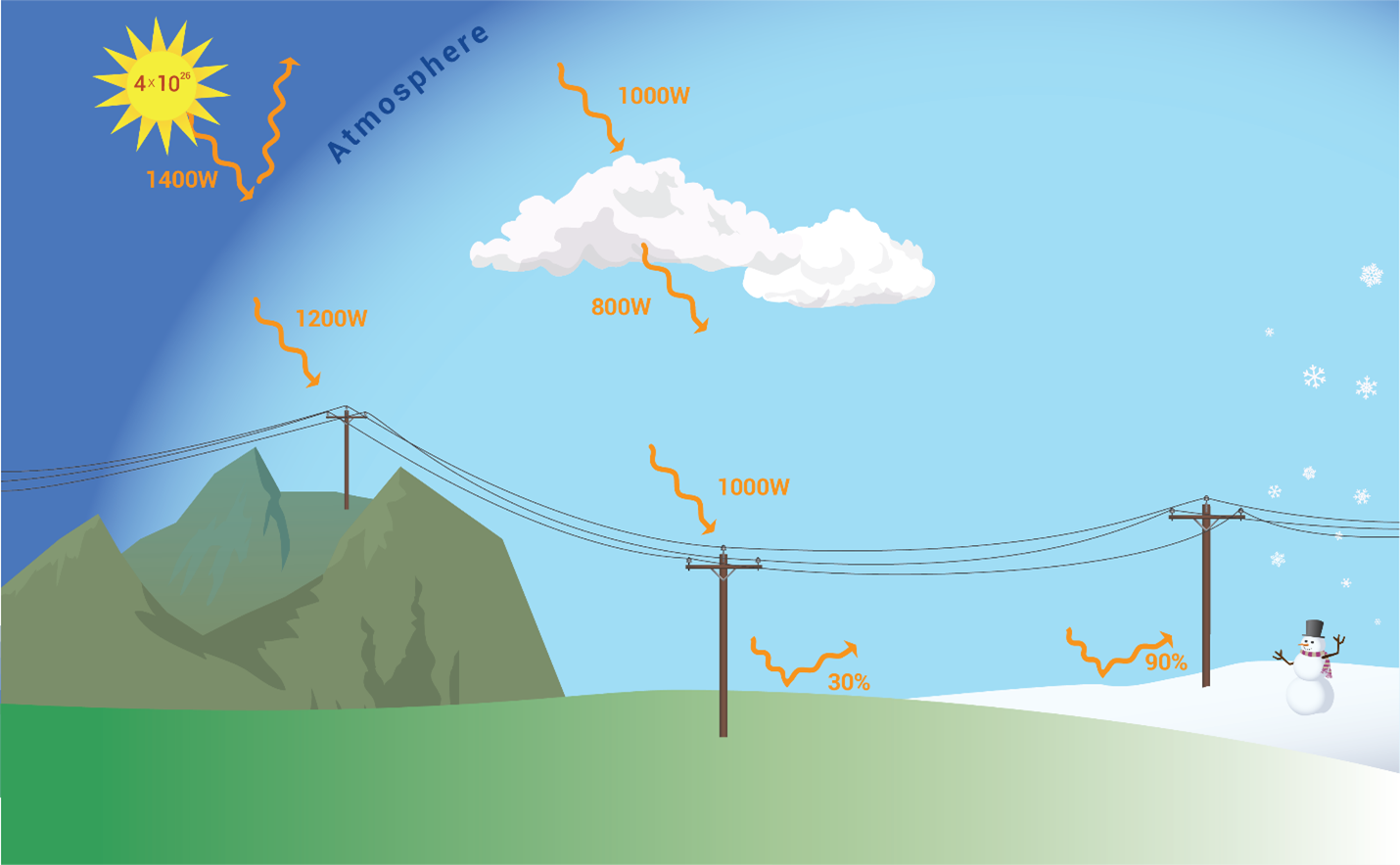
Solar Heating
Objects heat up in the sun in a prosses called absorption. When sunlight strikes an object, it causes the atoms and molecules it strikes in an object to vibrate, this vibration energy is what we commonly know as heat. Some materials are more effective at absorbing sunlight than others.
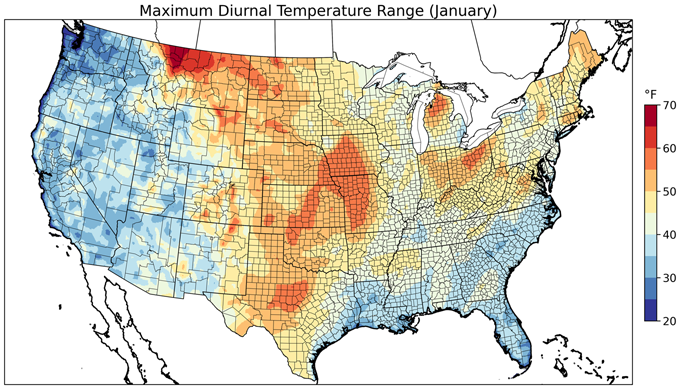
Variation in AAR based on daily Air Temperatures
As demand for electricity increases we push the grid closer and closer to its peak capabilities. Physical upgrades can be done such as voltage upgrades or conductor replacements, but these processes are costly and time consuming. To get the most out of new, upgraded, and existing lines requires adopting more complex methods of establishing and maintaining line ratings. One approach seeing increased adoption in the US is Ambient Adjusted Ratings (AAR).